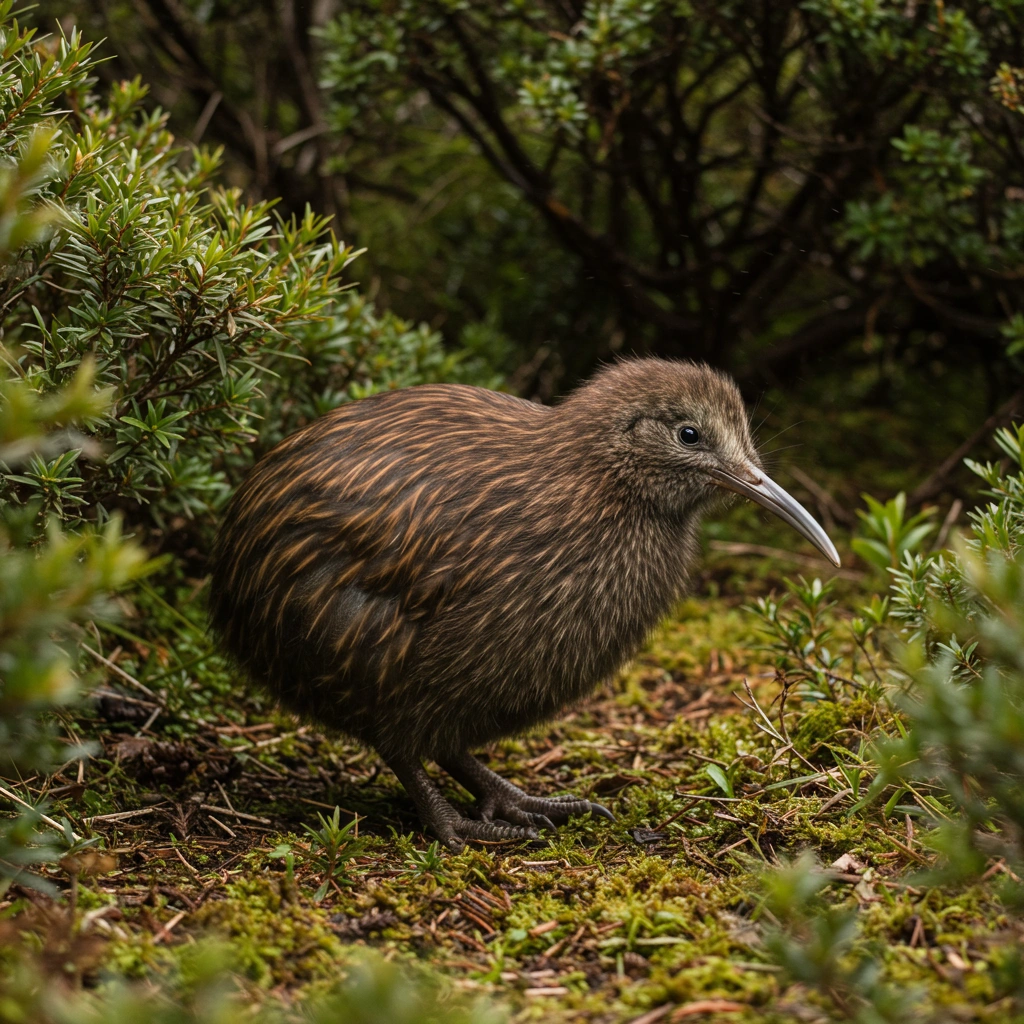Table of Contents
The Fascinating World of Flightless Birds: Nature’s Ground-Dwelling Wonders
When we think of birds, the first image that often comes to mind is that of graceful creatures soaring through the sky. Birds have long served as a powerful symbol of freedom due to their remarkable ability to take flight. Their aerodynamic design has been so impressive that humans have drawn inspiration from their body structures when developing modern transportation methods, including aeroplanes and bullet trains, hoping to replicate their impressive speed, balance, and flight capabilities.
Yet, within the diverse world of avian species, there exists a remarkable group that has evolved differently. These are the flightless birds – unique creatures that, despite lacking the ability to fly, have developed extraordinary adaptations that make them equally fascinating as their airborne cousins.
Understanding Flightless Birds
Flightless birds are a testament to evolutionary adaptation, having lost their ability to fly over thousands of years as they adapted to specific environmental conditions and survival needs. While they may not rule the skies, these birds have developed other remarkable characteristics that have enabled them to thrive in their respective habitats.
The World’s Most Notable Flightless Birds
Here’s an in-depth look at some of the most remarkable flightless birds that inhabit our planet:
Penguin: Masters of the Antarctic

Penguins have captured hearts worldwide with their distinctive appearance and charming waddle. While they cannot take to the skies, these remarkable birds have become supreme swimmers. Their wings have evolved into flippers, perfectly adapted for life in the water, allowing them to “fly” through the ocean with incredible grace and speed. Most penguin species have adapted to extreme cold conditions, although the unique Galapagos penguin has managed to adapt to tropical conditions, demonstrating the remarkable adaptability of these birds.
Steamer Duck: The Aggressive Swimmer
Among the four species of steamer ducks, only one retains any flight capability, and even then, it’s limited. These birds are particularly noteworthy for their aggressive nature. Their territorial behaviour is so intense that confrontations between steamer ducks can turn deadly, sometimes resulting in fatalities among their kind and even larger bird species.
Weka: The Clever Thief
Despite their modest chicken-like size, wekas have developed fascinating behavioural adaptations. These birds are accomplished swimmers and have earned a reputation as clever thieves. Their curiosity drives them to collect shiny objects and interesting items, making them notorious for their kleptomania. They’re also opportunistic predators, known to raid nests for eggs and chicks, showcasing their adaptability in securing food sources.
Ostrich: The Giant Sprinter
As the world’s largest bird, the ostrich stands as a testament to nature’s diversity. While they can’t take to the air, these magnificent birds have become masters of terrestrial speed. Their powerful legs enable them to reach impressive speeds of up to 45 miles per hour across open terrain. Standing at an average height of 9 feet and weighing more than three typical adults combined, it’s clear why flight isn’t an option. However, they compensate with their remarkable running ability and their distinction of laying the largest eggs of any bird species.

Kakapo: The Endangered Night Parrot
The kakapo, endearingly called the “owl parrot,” uniquely combines characteristics of both owls and ducks.. These extraordinary birds hold the title of being the world’s heaviest parrot, weighing approximately 3.5 kg. Their unusual appearance and nocturnal lifestyle make them particularly interesting, though their population has dwindled dangerously low, with only about 150 individuals remaining in existence.
Takahe: The Bird That Returned

The takahe tells a remarkable story of survival and rediscovery. This vegetarian bird, native to New Zealand, was once declared extinct in 1898. However, in a wonderful twist of fate, they were rediscovered in the Murchison Mountains in 1948. Their population has slowly but steadily increased through conservation efforts, with 347 individuals recorded as of 2017, representing a beacon of hope for endangered species recovery.
Kiwi: New Zealand’s Unique Icon

The kiwi stands out among birds for its distinctive appearance, featuring short, hair-like feathers rather than the typical plumage associated with birds. Their wings have become virtually nonexistent, hidden beneath their unusual feathers. Female kiwis are known for laying proportionally enormous eggs, which can weigh up to 1 pound – a remarkable feat for their size.
Cassowary: The Formidable Forest Dweller
As the third-largest bird globally, the cassowary commands respect not just for its size but for its formidable defensive capabilities. These birds possess sharp claws that can cause serious injury, making them the only bird species potentially lethal to humans. Their distinctive helmet-like casque serves both for sound production and protection in their forest habitat.
Emu: Australia’s Swift Runner

The emu, Australia’s largest native bird and the second-largest bird globally, has adapted perfectly to its environment. These remarkable birds can thrive in various temperature conditions and are capable of running at speeds exceeding 30 miles per hour. Their vestigial wings, while useless for flight, serve an important purpose in maintaining balance during their rapid runs.
Greater Rhea: South America’s Ostrich Cousin
Native to South America, particularly Brazil and Argentina, the Greater Rhea bears a striking resemblance to its African cousin, the ostrich. While they possess large wings, these are insufficient for flight given their body mass. Instead, their wings serve as balancing tools, particularly useful when making quick directional changes during runs.








